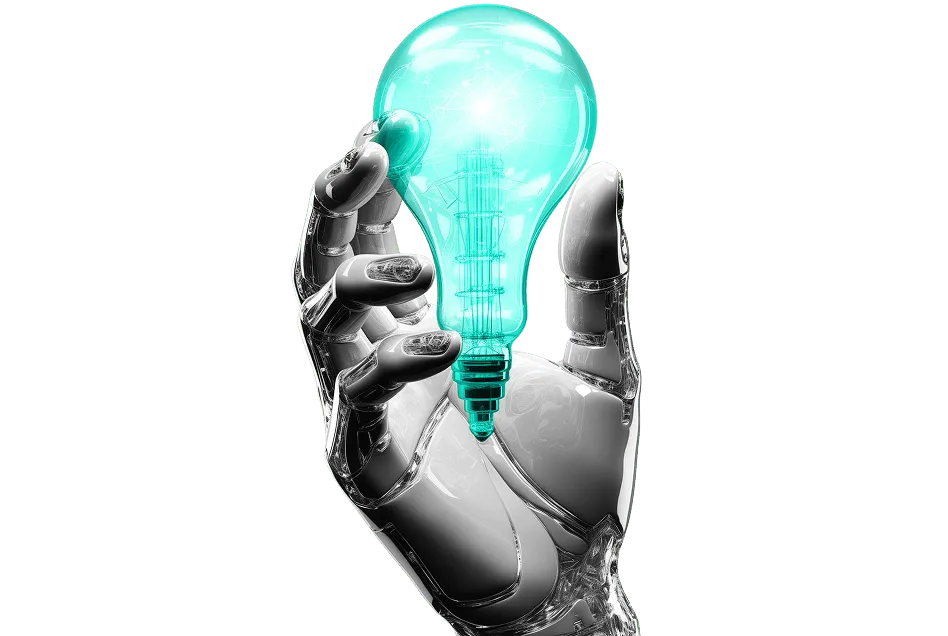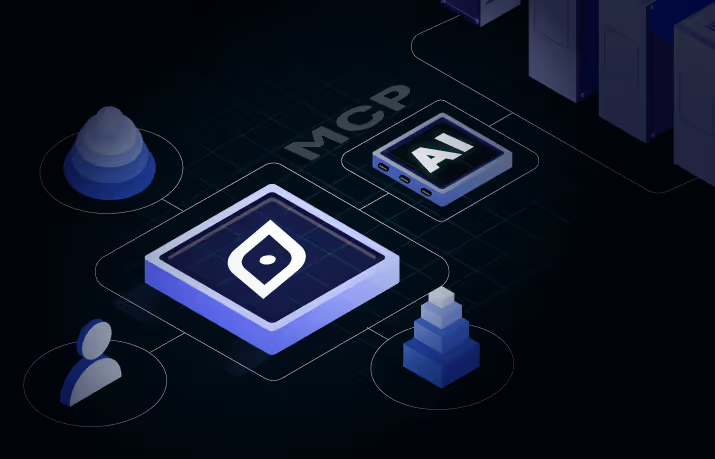How Strategic Workforce Planning Forges a Robust Organization
In the future, every company will be a tech-first entity. They cannot keep technology as a separate department and a siloed entity. Instead, they must embed technology and requisite functional expertise across all parts of the business through Strategic Workforce Planning.
AI, IoT, and robotics have matured into a collection of powerful technologies helping companies deliver value and competitive advantage. Implementing strong AI capabilities is now seen as essential for success, and Strategic Workforce Planning plays a key role in aligning talent with these technological advancements.
According to a study, by 2028, 73% of all teams will have remote workers and traditional full-time positions. Strategic Workforce Planning is crucial to managing this shift effectively, ensuring that organizations can balance flexibility with productivity.
As automation permeates the workforce, employees will need digital skills to design, maintain, and collaborate with machines. On the other hand, management must leverage technology and Strategic Workforce Planning to unleash the potential of people and ecosystems in serving stakeholders and society.
How Strategic Workforce Planning Reshapes the Workplace
From communication methods to solutions, here’s how AI-powered strategic wokrforce planning will shape the workforce.
Perfect talent management
AI analyses thousands of resumes, detects a list of potential candidates, interacts with them, and builds a healthy pipeline of the best candidates, supporting strategic workforce planning. Then, it selects the right candidate by assessing their skills, personality, and organizational fit, contributing to more effective strategic workforce planning decisions.
AI also analyzes assessments. Facial recognition detects cheating and filters results, saving human recruiters’ time and aligning talent selection with strategic workforce planning goals. After onboarding, AI assesses performance, suggests training/coaching, and conducts quarterly assessments, key steps in ongoing strategic workforce planning.
It sends personalized training and development programs involving micro-learning classes to retain staff, which strengthens strategic workforce planning efforts. Moreover, AI can analyze results and offer training based on missing skills, ensuring workforce capabilities align with future needs through proactive strategic workforce planning.
Keeps organizations organized
Technology helps with building, delegating, reviewing, and assessing a task. The insights help employers and managers track progress.
AI-enabled software improves the workflow and boosts productivity. It assesses risk and red flags any projects that go off track. AI-enabled space management software keeps the workplace organized, resulting in improved space utilization.
Improves organizational productivity
AI enables organizations to overcome the challenges of executing strategy every day. While it handles mundane tasks, humans will focus on complex problems. Besides, it can analyze sales calls and offer real-time tips for managers.
Managers can track progress during every phase and offer immediate reinforcement or coaching to help employees keep up with deadlines and perform at par. AI enables employees to get things done faster and with precision, discouraging workplace distractions and raising productivity.
Manages cost
While profitability is a company’s goal, keeping costs low to maintain fiscal health is a challenge. Every company has core tasks that need dedicated people to handle them driving up expenses.
AI-based tools track hiring trends, foresee requirements, and flag any talent-related costs that have exceeded budgets by integrating different tasks. Automated tasks record the date and time which can be referred to in the future to manage/reduce costs and provide profitability.
Betters the collaboration
Tomorrow’s organizations will have humans and machines collaborating. This human-machine collaboration will increase productivity and revenue by 38%. Two-thirds of business leaders believe it will help achieve strategic priorities faster and more efficiently through strategic workforce planning.
AI will bring a high level of flexibility, enabling employees, co-workers, and managers to connect from anywhere, a key factor in modern strategic workforce planning. This geographically dispersed staff can easily find, share, and maintain knowledge with semantic search and NLP, supporting more agile and informed strategic workforce planning.
AI can connect relevant data sources and offer essential information metrics, helping employees and management work efficiently. These insights directly contribute to strategic workforce planning, ensuring the right talent is in the right place at the right time. Additionally, teams can communicate with stakeholders and clients, keeping each other updated about progress and performance, critical components of effective strategic workforce planning in a dynamic business environment.
Keeps the business secure
Technology plays a vital role in fulfilling demands for a high level of security. Its end-to-end hardware and software-based data encryption authorize parties to retrieve and read the data. Additionally, fingerprint and facial recognition add an extra level of protection to the system.
With the constant threat of data leakages, proper security measures implemented in the workplace helps keep important information safe. It is easy to keep track of employees and stakeholders to ensure they are not going against the company’s interests.
Improves employee efficiency
AI-based tools are helping employees to optimize the daily working routine and allows employees to focus on essential tasks, which enables them to meet deadlines, resulting in client satisfaction. As tech reduces the amount of time and effort spent on daily activities, employees can develop new ideas.
Enables remote working
With telecommuting and remote working becoming mainstream, workplaces will integrate remote workers through mobile and cloud. The interconnected workplaces have resulted in a global workforce that is hinged together with connectivity and portability.
Telerobotics, machines operated by humans remotely integrated with virtual reality, can reshape the workspace. Remote workers working from home still feel at the office and participate in virtual ‘in-person’ meetings. AI will make remote working efficient and increase work-life balance.
To conclude, with AI managing most administrative tasks and bureaucratic processes, future organizations will be more efficient, productive, and more humane. In the organization of tomorrow, while AI will manage tasks and processes, humans will perform creative and business tasks, thereby augmenting humans.
Draup analyses and evaluates organizational talent to deliver essential insights to HR executives to make decisions. Its Reskill Simulator helps HR leaders visualize the reskilling and upskilling transitions for 4,500+ job roles from a single dashboard.










.svg)
















.svg)





.svg)





.svg)
